Michael Halyk | 13/05/2021
You're selling too early: A quick guide to lead nurturing
Digital marketing is foundationally reliant on the inbound methodology - where businesses create some interesting content like a report, whitepaper, webinar, etc. as a way to attract new customers.
In a perfect world, you identify who your target audience is, create content that your audience really wants to read, and give them this content in exchange for their information.
This content can be referred to as a ‘lead magnet’.
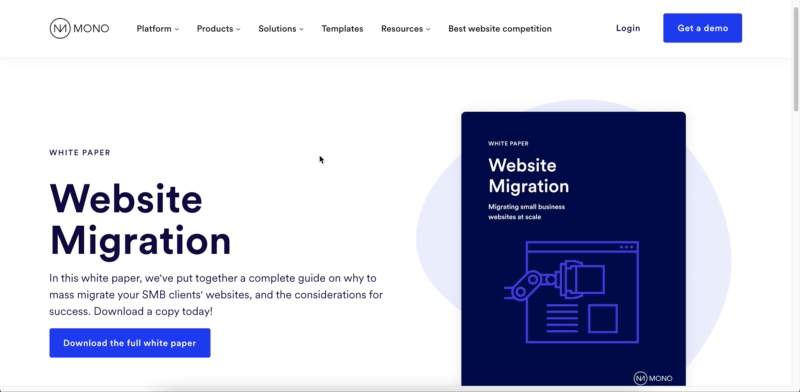
How to turn website traffic into sales
So you’re getting some traffic to your new website, and more people are downloading your content. Now, the sales will come rolling in, right? Not so fast. A fallacy of marketers is that sometimes we rely too heavily on key performance indicators (KPIs) which are exactly that - indicators.
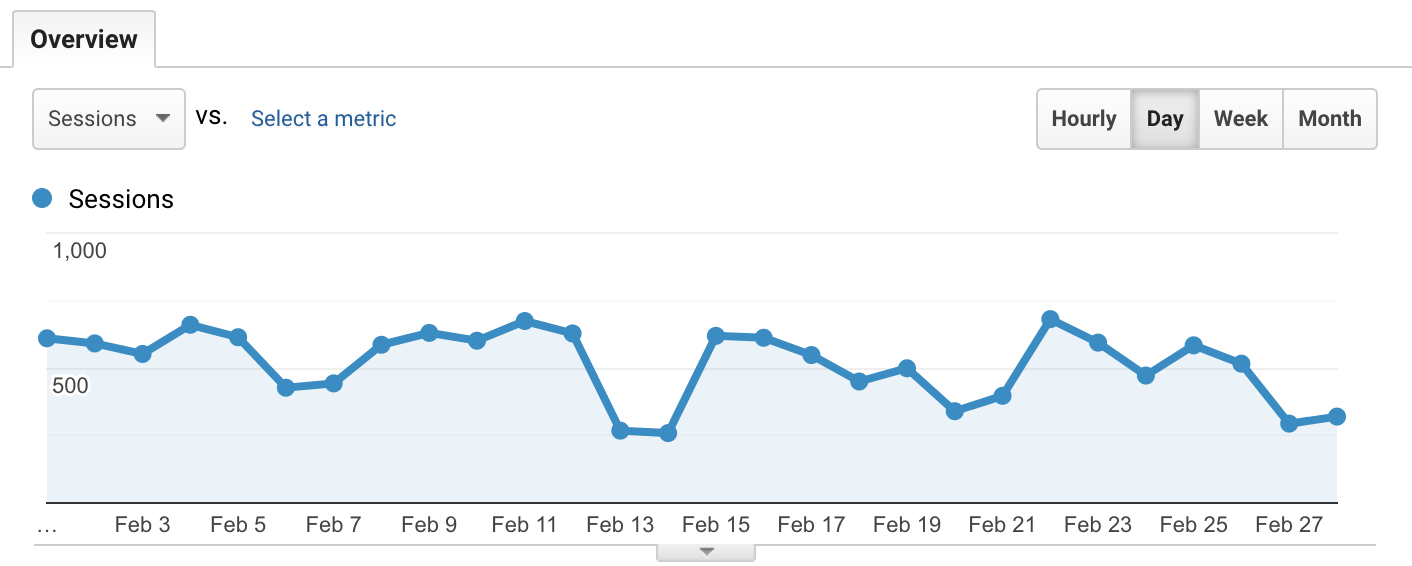
Website traffic is a standard marketing KPI, but ultimately we as sales and marketing professionals are focused on one thing - sales. So how do you monetize your website traffic? By this I mean, how does growth in website traffic translate into revenue growth?
The answer is not as straightforward as you might think.
Think of it as a step-by-step process:

Let’s break this down.
Convert your website traffic
When you get traffic on your website, your job is to convert. A conversion occurs when a website visitor completes a pre-defined action that you have defined as valuable.
In the case of Mono Solutions, we offer a library of downloadable tools and other useful resources that our target personas can use to improve their work. So when somebody downloads one of our reports, we count that as a conversion.
A hairdresser would likely count a conversion as any time somebody schedules an appointment - we do something similar and count conversions when somebody books a demo of our platform.
It’s important to remember that the value of a conversion is not in the action itself - but rather what follows the conversion action.
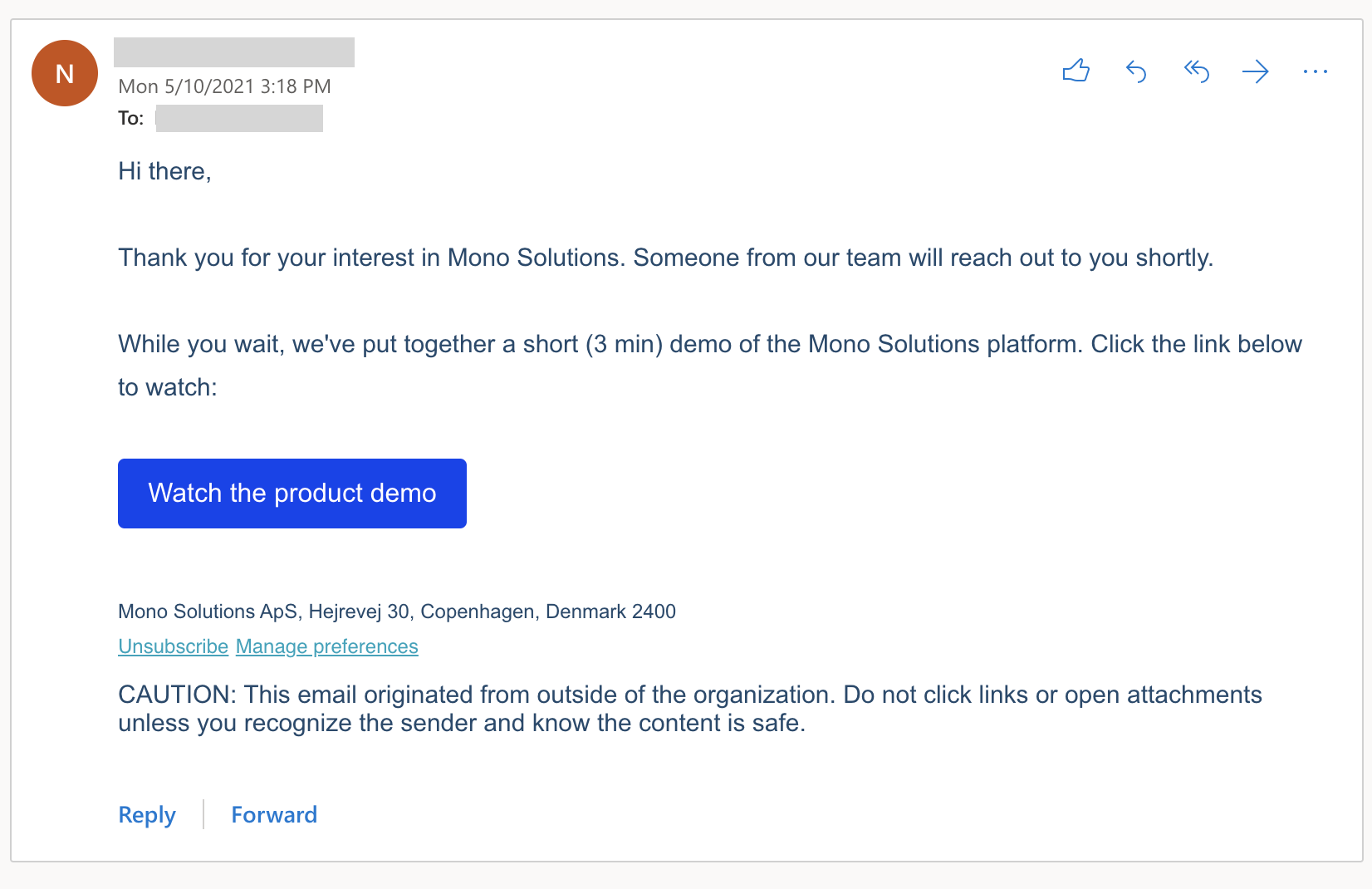
This is the email that we send to people who book a demo with us.
Of course, scheduling a demo usually comes later in the customer journey. Before someone feels comfortable enough to spend their valuable time investigating your products further and actually sitting down with a sales representative, they need to know that you are the right company for their needs.
Let’s go back to our lead magnet strategy. Say a person enters your website and downloads your report on the top e-commerce trends of 2021. In order to download this report, they will have had to submit a download form, giving their email address.
What happens next? You have just provided someone with some value (the report), and they have given you something of value in return (their email address).
Now, your task is to prove your worth as a company. Why? In the hopes that they will buy your products and/or services. You need to nurture this relationship.
Lead nurturing leads to sales
“Lead nurturing is the process of developing and reinforcing relationships with buyers at every stage of the sales funnel.”
-Marketo
In plain English, lead nurturing is what, how, and when you communicate to your prospects after they have shown some initial interest in your offerings.
The most common way to build a lead nurturing program is with automated email campaigns. Email automation is an incredibly useful tool for marketers to reduce the amount of time spent on repetitive tasks.
Email automation also makes things possible that simply weren’t possible before, like building a personalized lead nurturing email campaign for inbound leads.
Let’s go back to our earlier scenario. Someone enters our website and downloads your report on the top e-commerce trends of 2021. Now we can answer the question “what happens next?”. Here’s what happens:
- The report is automatically sent to the lead via an email automation campaign.
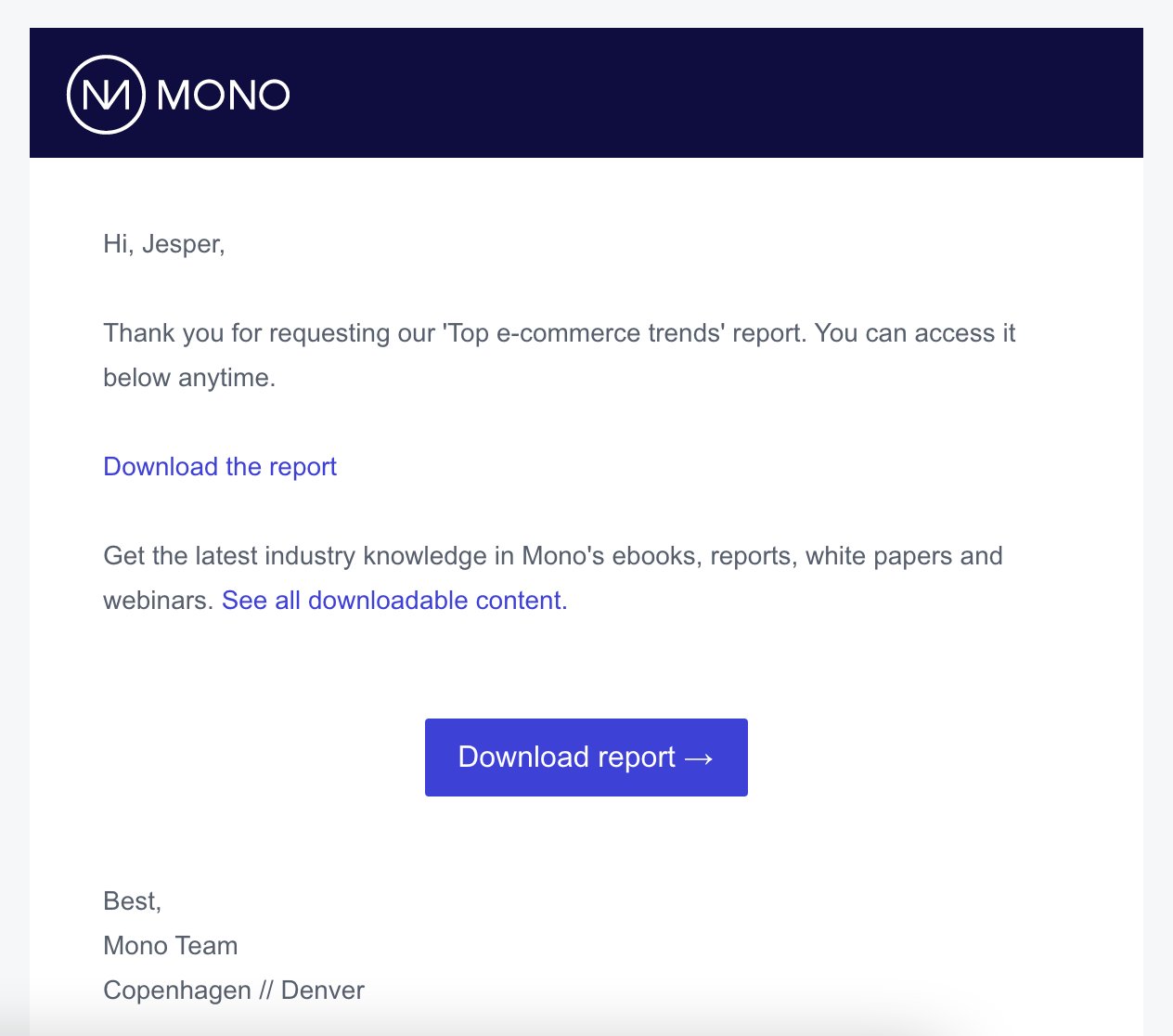
2. The lead is enrolled into a lead nurturing workflow, where they are offered other relevant content downloads and are also contacted by sales. Here is an example of a sales email:
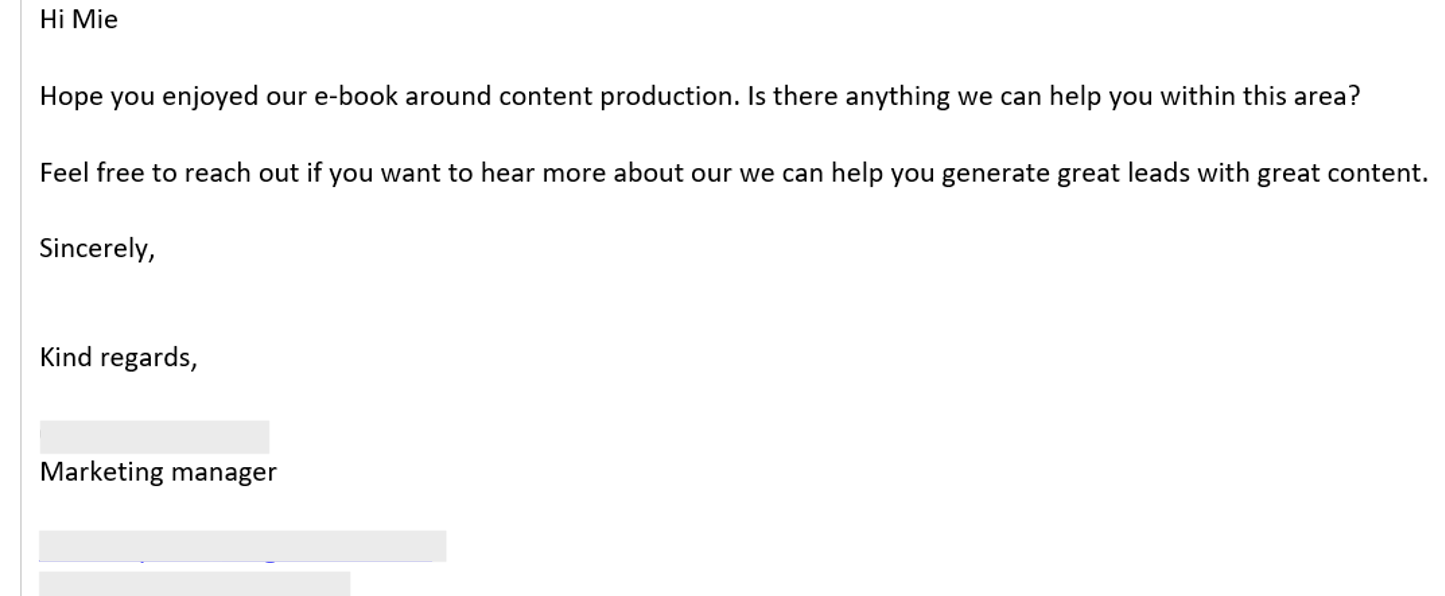
As you can see, lead nurturing campaigns are a mixture of ‘value’ communication, where you are offering some kind of value (a report) and ‘ask’ communication, where you are asking for something in return (a sales call).
With regards to maximizing the conversion of these types of automated lead nurturing campaigns, that is a topic for another day, but there is an art and science to lead nurturing.
Remember to stay human
With all this talk about automation and lead nurturing (there must be a more human word for this), it’s easy to forget that there are human beings on the other side of the screen.
When you craft a perfectly worded email for your lead nurturing campaign, ask yourself: “does this person really care about the contents of this email?”
For example, if you push for a sale too early, you may lose trust and the lead will become uninterested. You have to think about what genuinely can spark interest, given the previous action of the lead.
Since your lead has requested a report about e-commerce trends, you know that they are probably interested in e-commerce. Therefore, you’d be smart to include other content related to e-commerce in your lead nurturing campaign to maximize engagement.
Key takeaways
Digital marketing relies on the inbound marketing methodology where some valuable content is offered in exchange for an email address.
Lead nurturing is the process of developing and reinforcing relationships with buyers at every stage of the sales funnel, which means what, how, and when you communicate to your prospects after they have shown some initial interest in your offerings.
Technology makes lead nurturing possible, so you can follow up with someone who requests a report nearly immediately. The same technology also allows you to build a relationship with your prospects with the ultimate goal of making a sale.
About the author
Michael Halyk is the Acquisition Marketing Specialist at Mono Solutions. He is from Toronto, Canada, and has worked in several software companies across Europe and North America to develop high-performing marketing and sales funnels. With a background in digital marketing and customer experience management, Michael provides a customer-centric perspective on best practices for lead generation, covering relevant topics in SEO, marketing automation, funnel architecture, and more.